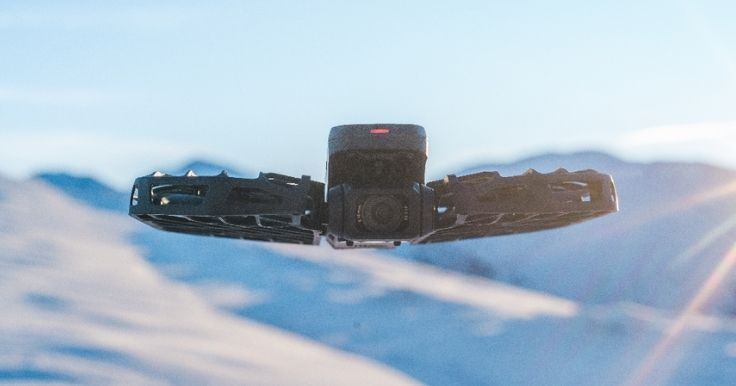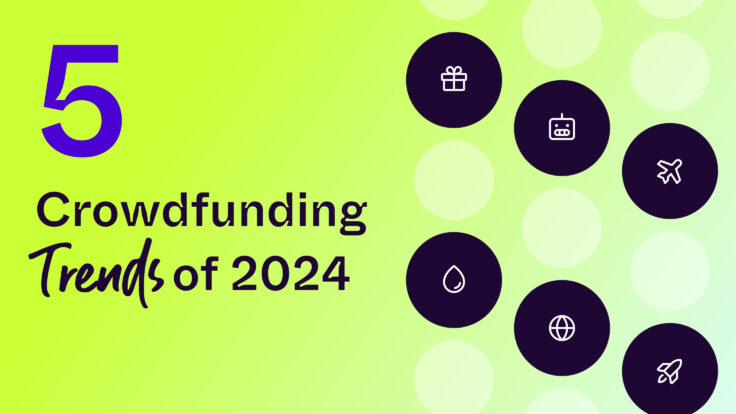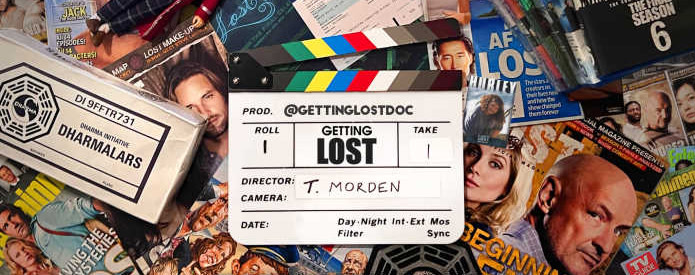Satarii Star Accessory “makes your mobile phone camera follow your every move.” You place your cell phone on the swivel base and attach the censor to yourself or whatever you want the camera to follow. Their funding campaign just ended, and they raised $24,680, well beyond their $20,000 goal! Obviously, a lot of people think this is a very cool and useful product! So we’re checking in with Satarii’s Vladimir Tetelbaum and Brian Lamb to talk about what they learned from their campaign.
In addition to funding the Star Accessory, you also used your IndieGoGo campaign as a market research method. How has your campaign helped shape your thinking and planning for rolling out the product?
It shaped our thinking profoundly and on several levels. On the first level, we confirmed that there is demand for the basic product. We can move forward with more confidence knowing that there will be a receptive market for it. This knowledge alone is unusual for new products like ours. At this stage you are usually guided by your own intuition based on small-scale observations.
The second level is on the relative priority for features and development steps to insure a high quality product. Not only do we have 100’s of comments on our IndieGoGo site, but also we have literally tens of thousands of comments scattered across YouTube, various blogs and emails with feedback and suggestions. We’ve made an effort to read every one of them and internalize them into a set of priorities for how we execute our first product.
This experience has been truly unique in our history as product designers. We’re really starting to believe that the crowdfunding model is THE new model to develop consumer products. And of course IndieGoGo is the best platform!
Thank you for saying that. You really went all-out with your campaign, including camping out in front of TechCrunch to tell them about your product! Your campaign got some amazing placements in Gizmodo, Engadget, Tech Crunch, and Macstories. How did this exposure help with your campaign activities?
They were absolutely essential to converting on the support we needed. The articles in one of the major tech blogs (TechCrunch, Engadget, Gizmodo, MacStories) drove over 10,000 video views, and thousands of people to visit our campaign site. They also spurred an equally large response from other smaller blogs to write about us, which has spread our news around the globe. We’ve had our video viewed in over 150 countries around the world.
The biggest challenge for our campaign was that our perk prices were necessarily high based on our stage of product development. So getting this kind of visibility was necessary to convert on enough support to make it a success. We’re just thankful it all worked out!
We were wondering why you limited the number of actual products that people could pledge for and order in advance?
We ended up limiting the number later in the process, not in the beginning. This was based on two reasons. The first reason was that we wanted to make sure we’d have enough time and resources to focus on moving the commercial product forward towards launch. The second reason was based on costs to produce prototypes. There is actually an inflection point in the costs where it gets more expensive as the volume goes up before it gets cheaper again. At the 50-75 units volume we can build our prototypes within the outlined cost. But at higher volumes, our costs go up. We need more time, resources and capital expenditures to build them. After about 250 units, things start to get more cost effective again. As we watched our campaign progress, we made a judgment call that we were not likely to reach that level of support and closed up the perks.
Frankly, another reason why we limited the number of actual products is delivery time. We were concerned that if the number of products grew but stayed under the inflection point, it would take us too long to fulfill the actual orders. The key for us was not raising as much as possible, but also being able to deliver on our promises, which includes delivery time.
You are clearly committed to making your IndieGoGo campaign a huge success. Can you provide 3 bits of advice for other small businesses thinking of launching campaigns?
The first thing we did well was to listen to the advice of the IndieGoGo team! They were invaluable, teaching us how crowdfunding works, how to structure our campaign and even giving constructive feedback on our materials.
We also spent a large amount of time examining how other campaigns in the design/tech space were able to generate traffic and convert to supporters. This helped us understand the right channels to focus on for spreading the news.
The rest of it was just hustle and luck! We went to CES (the most important consumer electronics trade show) and pitched anyone who would listen. We camped out in front of TechCrunch’s office and made the connection happen, and engaged with everyone that showed an interest.
Congratulations to you for your success! When and how can we get our hands on your awesome new product?!
We’re targeting a commercial release of the product late in 2011. Our campaign supporters will get them sooner. Our current estimate is in 4-6 months for the majority of them (there will be a few premium perks that get sent earlier than that).
We’re really excited to launch our product. As far as we know, it will be the first product ever to use crowdfunding to build a community of supporters that actually helped shape the product design. So stay tuned, we’re going to be rolling out some cool new features based on that feedback at launch!
Stay up to date on Satarii.com, Facebook, and Twitter!
by Karen Seiger. Co-posted on Sirene MediaWorks.com.



You must be logged in to post a comment.